The history of Fundação Oswaldo Cruz (Fiocruz), named in honor of physician and bacteriologist Oswaldo Cruz, began in 1900 with the creation of the Federal Serum Therapy Institute on the former Manguinhos Farm. The institution quickly stood out for producing serums and vaccines and for combating epidemics, becoming a symbol of public health development in Brazil.
With more than 120 years of history, Fiocruz continues to evolve and reaffirm its role as a reference in Brazil and worldwide — a civic institution committed to social development, as well as the production and dissemination of scientific and technological knowledge.
In this Rolé Carioca, we will explore part of the Historic Architectural Complex of Manguinhos and the Museum of Life, as a way to learn more about this institution, which is deeply intertwined with key moments in the history of Rio de Janeiro and Brazil.
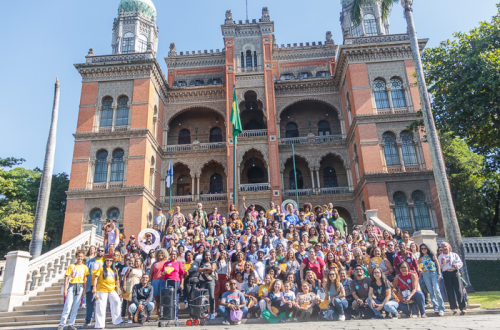

Located in the North Zone of Rio de Janeiro, Manguinhos sits along the shores of Guanabara Bay. During the colonial period, the area was part of the parish of Inhaúma, which was predominantly agricultural.
Over time, Manguinhos transformed into a residential, commercial, and industrial region, also distinguished by the presence of important health institutions, such as the Oswaldo Cruz Foundation (Fiocruz).
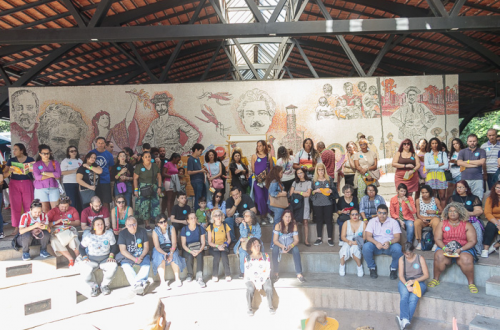
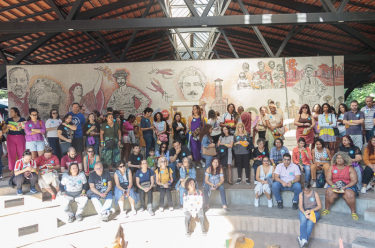
The Science Park is a space dedicated to learning and scientific exploration. Its facilities are organized around three main themes: energy, communication, and the organization of life.
This environment offers an interactive and educational experience, encouraging interest in science and its applications in daily life.


The Pyramid is a space where visitors are encouraged to take on the role of a scientist, using research equipment and conducting experiments. The activities explore different aspects of both microscopic and macroscopic life.
In today’s context, with the rise of skepticism toward science, this space highlights our collective responsibility in scientific production and in the dissemination of knowledge.


The Virginia Schall Science Tent is a space dedicated to theatrical performances that address topics related to science and health. In this Rolé, it also serves as a place of reflection on the various political transformations faced by Fiocruz, such as the repression endured during the civil-military regime, which deeply affected political freedoms and artistic expression in Brazilian society.
During that period, the institution suffered several interventions, including the suspension of the rights of ten of its scientists in 1970.


The building was erected between 1904 and 1905 to house the horses used in the production of serums against the bubonic plague. This period was marked by the Vaccine Revolt (1904), which reflected the social tensions caused by urban reforms and public health policies under Pereira Passos’ government. Mandatory vaccination against diseases such as yellow fever and smallpox, led by Oswaldo Cruz, was perceived as a violent imposition by the population—especially by those living in areas affected by displacement—resulting in an uprising that expressed dissatisfaction with the disregard for their living conditions and rights.


Characterized by the Neo-Moorish architectural style, it was designed to house laboratories, a library, and workspaces. The cement came from England, the bricks from Marseille, and the metal profiles for the structure arrived from Germany. There are also tiles that came from Portugal. What elements of African influence exist in the Moorish Pavilion? During this tour, the space also serves as an opportunity to reflect on what might be rendered invisible or hidden in traditional narratives.


Museums are permanent institutions dedicated to the preservation, research, education, and exhibition of heritage assets that convey diverse themes. It is essential for museums to reassess their role in the representations they display. A public health museum should also recognize and value the traditional medicine of Indigenous peoples, whose knowledge was appropriated by colonizers. This knowledge is essential for a comprehensive understanding of health. In the face of biopiracy and epistemicide experienced by these communities, it is necessary to create a permanent exhibition that highlights and honors their practices.



Oswaldo Cruz, born in 1872, was a key figure in the history of public health in Brazil. He specialized in microbiology and became director of the Federal Serum Therapy Institute. Cruz played a central role in combating epidemics of yellow fever, bubonic plague, and smallpox that struck Rio de Janeiro at the beginning of the 20th century.
His campaign for mandatory vaccination in 1904 led to the Vaccine Revolt, a major popular uprising. Despite the resistance at the time, his decisive contributions to controlling these diseases gained international recognition and left a lasting legacy in global public health.
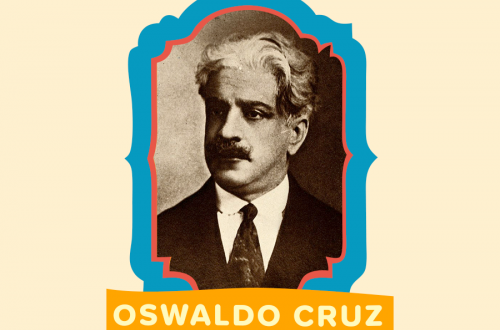
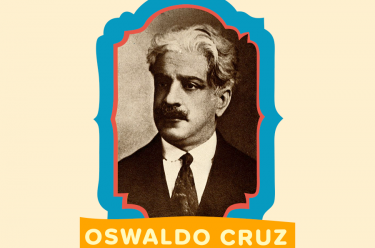
It is essential to recognize the presence of women in scientific production, as they have historically been made invisible. Among the most notable examples are biomedical scientist Jaqueline Goes de Jesus and immunologist Ester Sabino, who gained international recognition for sequencing the genome of the novel coronavirus just one day after the first confirmed case of COVID-19 in Brazil.
Jaqueline focuses her research on emerging arboviruses and is involved in a project mapping the genomic diversity of the Zika virus in Brazil. Ester, meanwhile, is a researcher at the Laboratory of Medical Parasitology, where she investigates HIV, Chagas disease, and sickle cell anemia.


The Historical Architectural Complex of Manguinhos, located at Fiocruz, holds significant archaeological potential. In 1966, a landslide on the campus revealed evidence of human occupation dating back more than 130,000 years, along with ceramics from Indigenous settlements and other artifacts.
In 2011, further research also uncovered remains of furnaces from the city’s former urban waste incineration complex, once located on the site, as well as other historical structures.
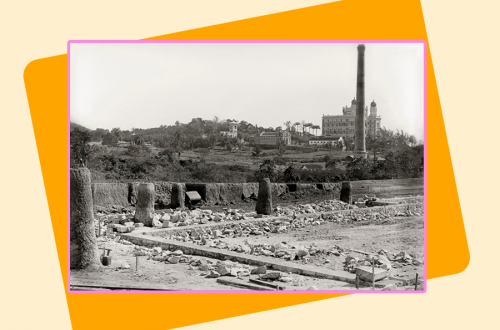

In the past, public health policies in Brazil were aligned with a vision of social control, focused mainly on eradicating diseases while overlooking the social causes behind them.
Today, however, there are initiatives such as the Integrated Health Plan in Rio de Janeiro’s Favelas, created during the COVID-19 pandemic and promoted by Fiocruz in partnership with other institutions. The plan seeks to promote comprehensive health, supporting food security, mental health, health communication, popular health education, and income generation.
It operates through public calls that provide support for actions developed by the residents of the communities themselves.
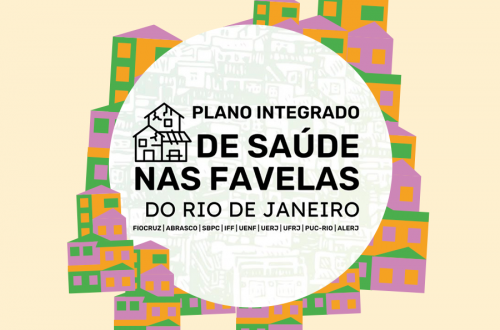

Canal Saúde is a public television broadcaster based at the Oswaldo Cruz Foundation, with the mission of producing health-related content that contributes to the development of citizenship among the Brazilian population. Ways to watch the programming can be found on the website https://www.canalsaude.fiocruz.br/. On YouTube, Canal Saúde offers a variety of documentaries that approach health from a holistic perspective.
The book records the account of one of the individuals persecuted in the historical episode known as “The Manguinhos Massacre” during the military dictatorship, when 10 scientists from the institution were stripped of their positions and had their political rights suspended, also being barred from working in other federal institutions. The work has become a key reference for studies on the impact of the military dictatorship on scientific activities in Brazil and can be accessed for free online at https://portal.fiocruz.br/livro/massacre-de-manguinhos-o.
On the Rolé Carioca YouTube channel, in the playlist “Giro do Rolé,” you can watch a series of videos about Fiocruz to expand your knowledge, such as “Health in Rio de Janeiro before the Oswaldo Cruz Foundation,” “Inside Fiocruz’s Castle,” “Museum of Life and Its Activities,” and “Fiocruz’s Role during the Pandemic.” Access it here: https://www.youtube.com/@RoleCarioca/playlists.